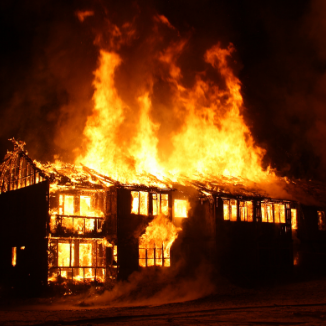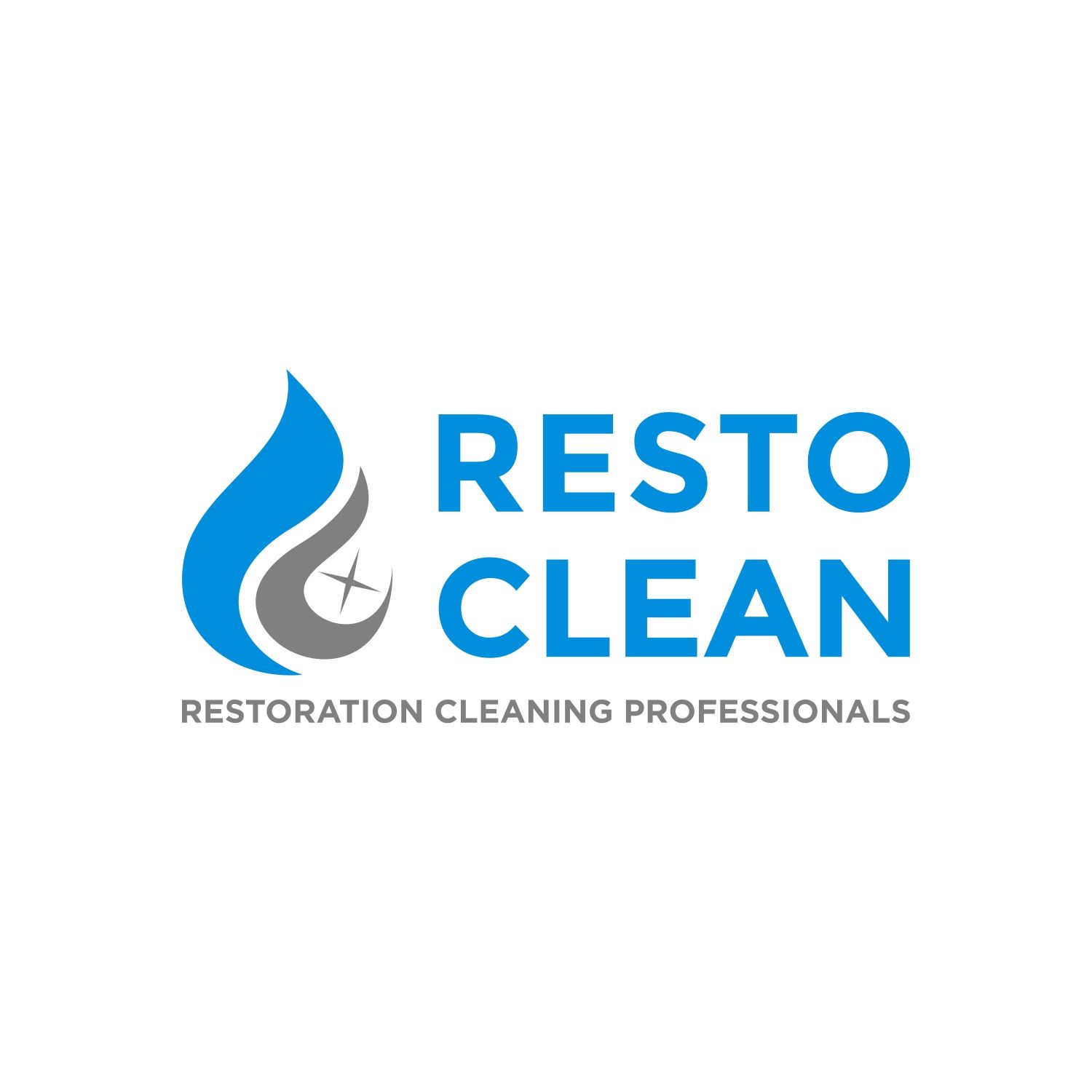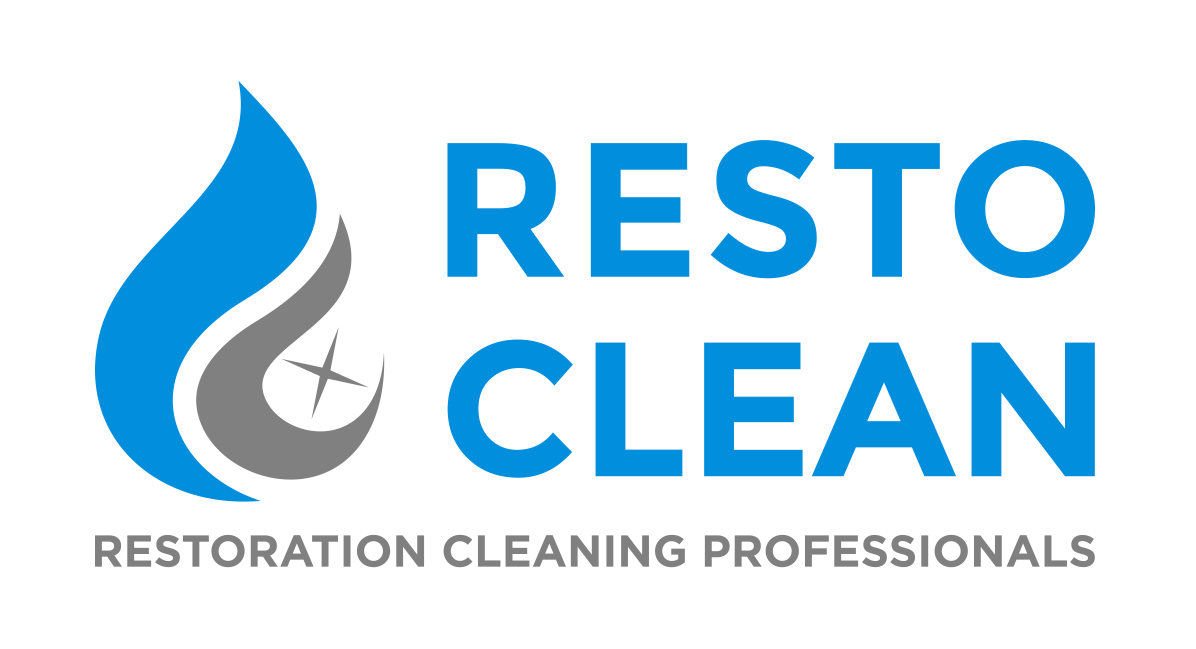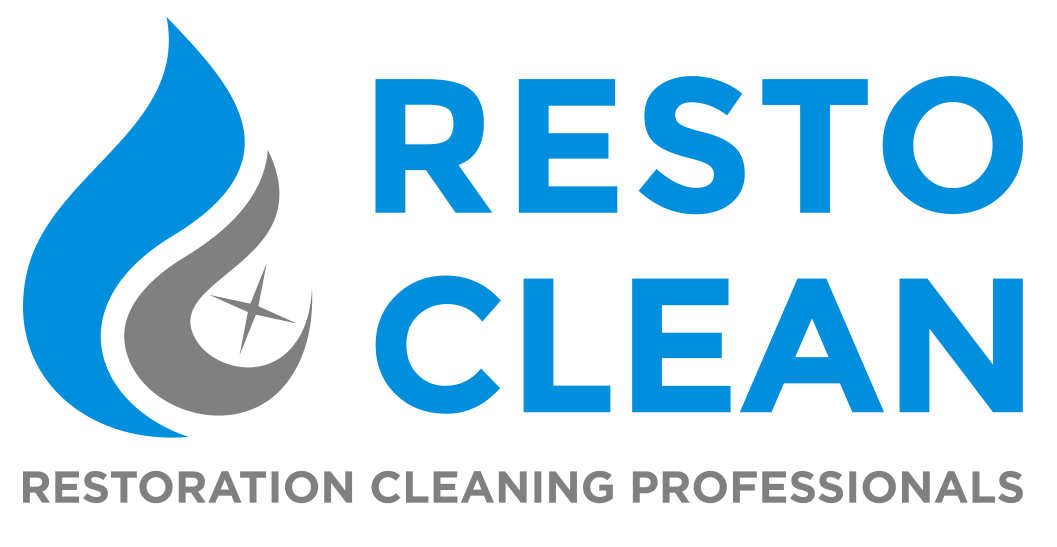Blog

A fire is a devastating event that can leave behind not only physical damage but also emotional scars. When the flames are finally extinguished, the road to recovery begins. It's essential to understand the importance of professional fire damage restoration and learn about effective ways to prevent such disasters in the first place. Why Professional Fire Damage Restoration Matters When a fire engulfs your home, the aftermath can be overwhelming. The consequences go beyond charred walls and burnt belongings; there are hidden dangers that only professionals can manage effectively: Safety: Fire-damaged structures can be unstable, posing a significant risk to anyone attempting to enter. Professional restoration teams are equipped to assess the structural integrity and ensure it's safe to enter the premises. Smoke and Soot: Smoke and soot damage extends far beyond the visible areas. They can penetrate walls, HVAC systems, and even ductwork. Professionals have the tools and expertise to thoroughly clean and deodorize affected areas. Water Damage: Often, firefighting efforts involve significant water usage. This can lead to water damage, mold growth, and further structural issues. Restoration experts can mitigate water damage and prevent mold infestations. Content Restoration: Fire-damaged personal belongings often carry immense sentimental value. Professional restoration services can salvage, clean, and restore items that might otherwise be lost forever. Insurance Claims: Dealing with insurance after a fire can be complex. Restoration professionals can document the damage, provide accurate estimates, and communicate with insurance adjusters to streamline the claims process. Thorough Cleanup: Fire damage is not limited to what's visible. Professionals ensure that hidden hazards and toxins, like asbestos or lead, are properly managed during the restoration process. Preventing Fire Damage: Safety First While professional fire damage restoration is vital after a fire, preventing a fire in the first place is even more crucial. Here are some key steps to minimize the risk of fire: Install Smoke Alarms: Ensure you have working smoke alarms on every level of your home and inside each bedroom. Regularly check and replace batteries. Fire Extinguishers: Place fire extinguishers in key areas like the kitchen, garage, and near heating appliances. Know how to use them. Electrical Safety: Regularly inspect electrical wiring and appliances for signs of wear or damage. Avoid overloading circuits and extension cords. Safe Cooking Practices: Stay vigilant in the kitchen while cooking. Keep flammable materials away from the stove and turn off appliances when not in use. Heating Safety: Maintain heating systems, fireplaces, and chimneys. Keep space heaters at a safe distance from flammable materials. Candle Caution: Use candles with care, keeping them away from curtains and other flammable objects. Smoking Safety: If you smoke, do so outdoors. Use deep, sturdy ashtrays, and ensure cigarettes are fully extinguished. Escape Plan: Develop and practice a fire escape plan with your family. Ensure all members know multiple ways to exit the home. Fire damage can be catastrophic, but with prevention and professional restoration, you can move forward and rebuild your life after a fire. Safety awareness and preparation are your best allies in reducing the risk of such a devastating event.

Meridian, Idaho, is no stranger to water-related challenges, including flooding, pipe bursts, and heavy storms. When faced with these water events, it's not enough to simply clean up the visible mess. One of the most vital, yet often underestimated, aspects of post-water event recovery is efficient water extraction. In this blog, we'll explore why thorough water extraction is essential for safeguarding your home, health, and finances in Meridian. Preventing Mold Growth: Mold thrives in damp environments. Within 24-48 hours, mold spores can take hold in areas where moisture lingers. Effective water extraction is your first line of defense against mold proliferation, saving you from structural damage and potential health issues. Preserving Structural Integrity: Prolonged exposure to moisture can weaken structural components of your home, such as walls, ceilings, and floors. It can cause wood to warp, drywall to deteriorate, and metal to corrode. Thorough water extraction not only prevents these issues but also preserves your home's structural integrity. Minimizing Odor and Rot: Lingering moisture can result in unpleasant odors due to bacteria and fungi growth. It can also foster rot in wooden parts of your home, which can lead to costly and challenging repairs. Enhancing Health and Safety: Damp environments create favorable conditions for bacteria and pathogens. Allowing your home to remain moist after a water event can pose health risks to your family. Proper water extraction reduces this danger. Mitigating Restoration Costs: The longer your home remains wet, the more extensive the damage becomes. Swift and thorough water extraction can save you money in the long run by minimizing the extent of restoration and repair work needed. To ensure effective water extraction in Meridian: Promptly Remove Standing Water: Begin by promptly eliminating any standing water using pumps, wet-dry vacuums, or containers. Maximize Ventilation: Promote air circulation by opening windows and doors. Utilize fans and dehumidifiers to expedite the drying process. Dispose of Irreparably Damaged Items: Discard items that are beyond salvage, such as severely damaged carpets, insulation, or drywall. Sanitize Thoroughly: Clean and sanitize surfaces exposed to water to prevent bacterial and mold growth. Inspect for Hidden Moisture: Thoroughly examine concealed areas, such as wall cavities and beneath flooring, for any trapped moisture. Monitor Progress: Continuously assess the drying process to ensure your home is entirely free of moisture before embarking on any repairs or renovations. Conclusion Effective water extraction is a critical step in mitigating damage, protecting your health, and preserving your home's value in Meridian. It's a proactive measure that can save you from costly repairs and potential health concerns in the future. When it comes to water damage, acting promptly and comprehensively is key.

Navigating Water Damage: A Homeowner's Guide to Swift and Effective Response Water damage can strike unexpectedly, turning your haven into a battlefield. Your response in those critical moments can make a significant difference in the extent of damage and the recovery process. In this comprehensive guide, we'll outline the essential steps homeowners should take when faced with a water damage situation to mitigate the impact and pave the way for effective restoration. Step 1: Prioritize Safety Above All: Before taking any action, ensure your safety and the safety of your family: Electrical Hazards: If water is near electrical outlets or devices, turn off the electricity to avoid electrocution. Structural Integrity: If the water damage is extensive, assess the structural integrity of the affected area before entering. Slip Hazards: Watch out for slippery surfaces to prevent accidents. Step 2: Stop the Source: Identify and halt the source of water intrusion to prevent further damage: Pipe Leaks: Turn off the main water supply to stop leaky pipes. Appliances: If the damage is due to an appliance malfunction, disconnect the appliance from the power source. Step 3: Document the Damage: Document the extent of the water damage for insurance purposes: Photographs: Take clear photos and videos of the affected areas before beginning any cleanup or restoration efforts. Inventory: Create an inventory of damaged items, noting their value and condition. Step 4: Remove Excess Water: Swiftly removing standing water can prevent further damage and mold growth: Suction or Towels: Use towels, mops, or a wet/dry vacuum to remove as much water as possible. Dehumidify: Use fans and dehumidifiers to dry out the area. Step 5: Salvage Possessions: Assess and salvage belongings if possible: Remove Items: Move furniture, rugs, and other items to dry areas to prevent further damage. Contents Assessment: Inspect belongings for water damage and decide what can be salvaged and what needs to be discarded. Step 6: Seek Professional Help: Bringing in water damage restoration experts is crucial for comprehensive recovery: Expert Assessment: Professionals can assess the extent of the damage and recommend the best course of action. Thorough Restoration: Restoration experts employ specialized equipment and techniques to restore your home to its pre-damage state. Step 7: Communicate with Your Insurance: Contact your insurance provider to initiate the claims process: Provide Documentation: Provide the photographs, videos, and inventory you collected to support your claim. Insurance Adjuster: Work with an insurance adjuster to assess the damage and determine coverage. Step 8: Prevent Future Damage: Take steps to prevent future water damage: Maintenance: Regularly inspect your home for leaks, clogs, and areas of vulnerability. Weatherproofing: Seal gaps and cracks to prevent water infiltration. Conclusion: A Proactive Response for Restoration Facing water damage can be overwhelming, but a swift and well-informed response can significantly mitigate the impact. By prioritizing safety, documenting the damage, removing excess water, salvaging belongings, seeking professional help, and communicating with your insurance, you're setting the stage for effective restoration. Remember, proactive action in the aftermath of water damage empowers you to reclaim your home and restore normalcy.

When disaster strikes, you want to work with a company that you can trust to get the job done right. Resto Clean is that company. With years of experience in the industry, Resto Clean has the knowledge, skills, and equipment necessary to get your property back to its pre-disaster state. Comprehensive Services: Resto Clean offers a wide range of disaster restoration services, including fire damage restoration, water damage restoration, mold remediation, and storm damage restoration. No matter what type of disaster has affected your property, Resto Clean has the expertise to help. Fast Response Time: In an emergency situation, time is of the essence. Resto Clean understands this, which is why they have a fast response time to help get the restoration process started as soon as possible. They understand that the sooner the restoration process begins, the less the damage will be and the faster the restoration will be completed. Experienced Technicians: Resto Clean is staffed by experienced technicians who have been trained in the latest restoration techniques. These technicians are committed to providing the best possible service to each and every customer, and they are always striving to improve their skills and knowledge in order to better serve the community. Insurance Support: Resto Clean works closely with insurance companies to help make the restoration process as smooth and stress-free as possible. They understand the importance of having insurance coverage in the event of a disaster, and they are here to help you navigate the claims process and ensure that your property is fully restored. Local Business: Resto Clean is a local business, so you can be sure that you are supporting the Nampa, Idaho community when you choose them for your disaster restoration needs. They understand the needs of the local community and are committed to providing the best possible service to each and every customer. —------------ Disasters can be devastating, but with Resto Clean, you can rest assured that your property will be restored to its pre-disaster state. Whether you have suffered fire damage, water damage, mold damage, or storm damage, Resto Clean is here to help. With their fast response time, experienced technicians, insurance support, and commitment to the Nampa, Idaho community, you can be sure that you are in good hands with Resto Clean. So, don't wait any longer, contact Resto Clean today to start the disaster restoration process.

